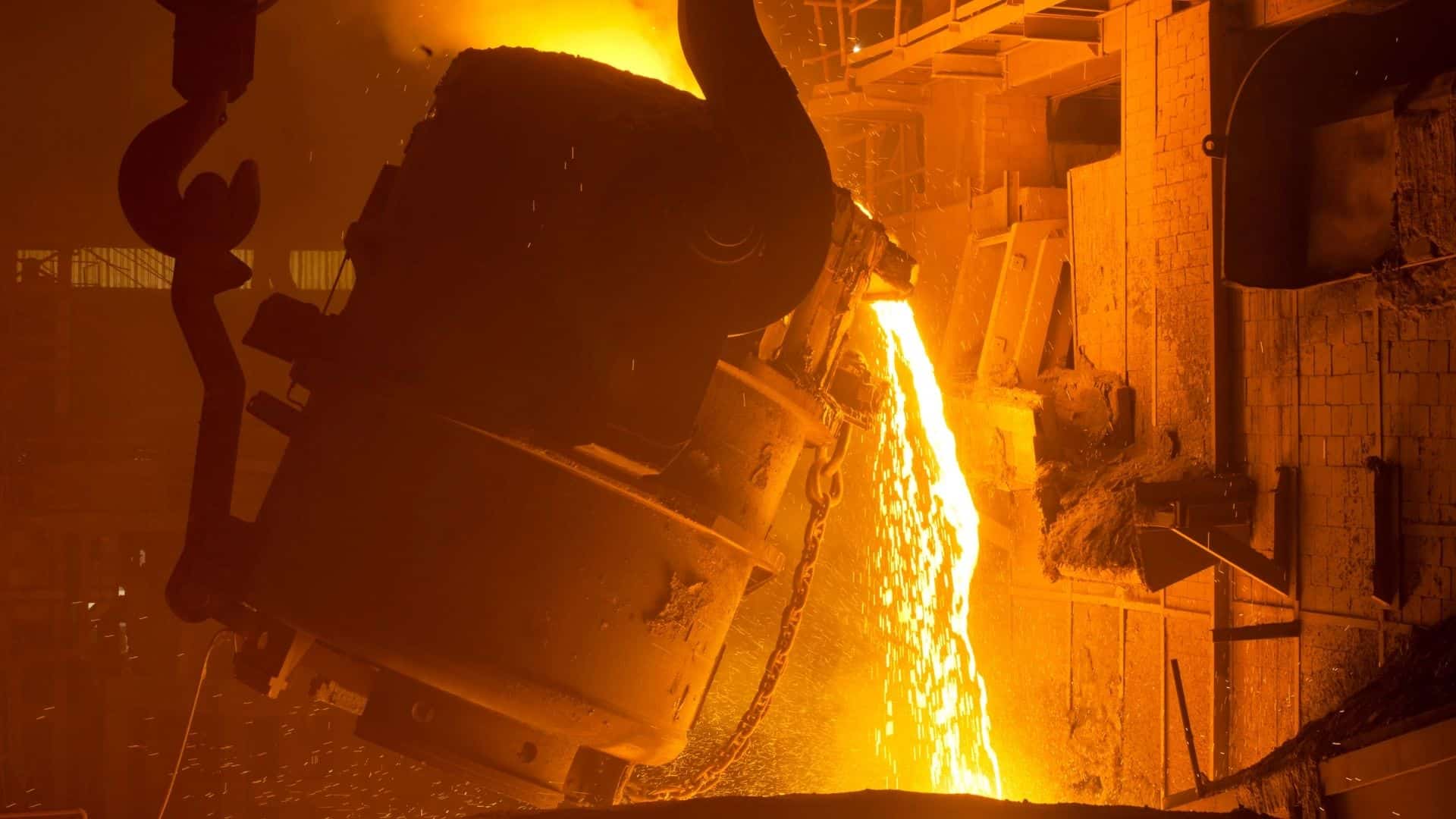Predictive Maintenance and Pulp & Paper Industry
Pulp and paper production is a vital industry that produces a wide range of products, from paper and cardboard to tissue and pulp. However, the production process is complex, energy-intensive, and requires a large number of machines and…
Sensemore Maintenance Bot
Elevate your maintenance with Sensemore’s AI-powered predictive bot for increased uptime and cost savings. In the world of industrial maintenance, keeping equipment running smoothly and efficiently is crucial for the success of any…
Iron & Steel Industry and Predictive Maintenance Applications
The implementation of predictive maintenance strategies in the iron and steel industry has become a pivotal approach in ensuring the reliability and efficiency of operations. Leveraging advanced technologies, predictive maintenance has…




